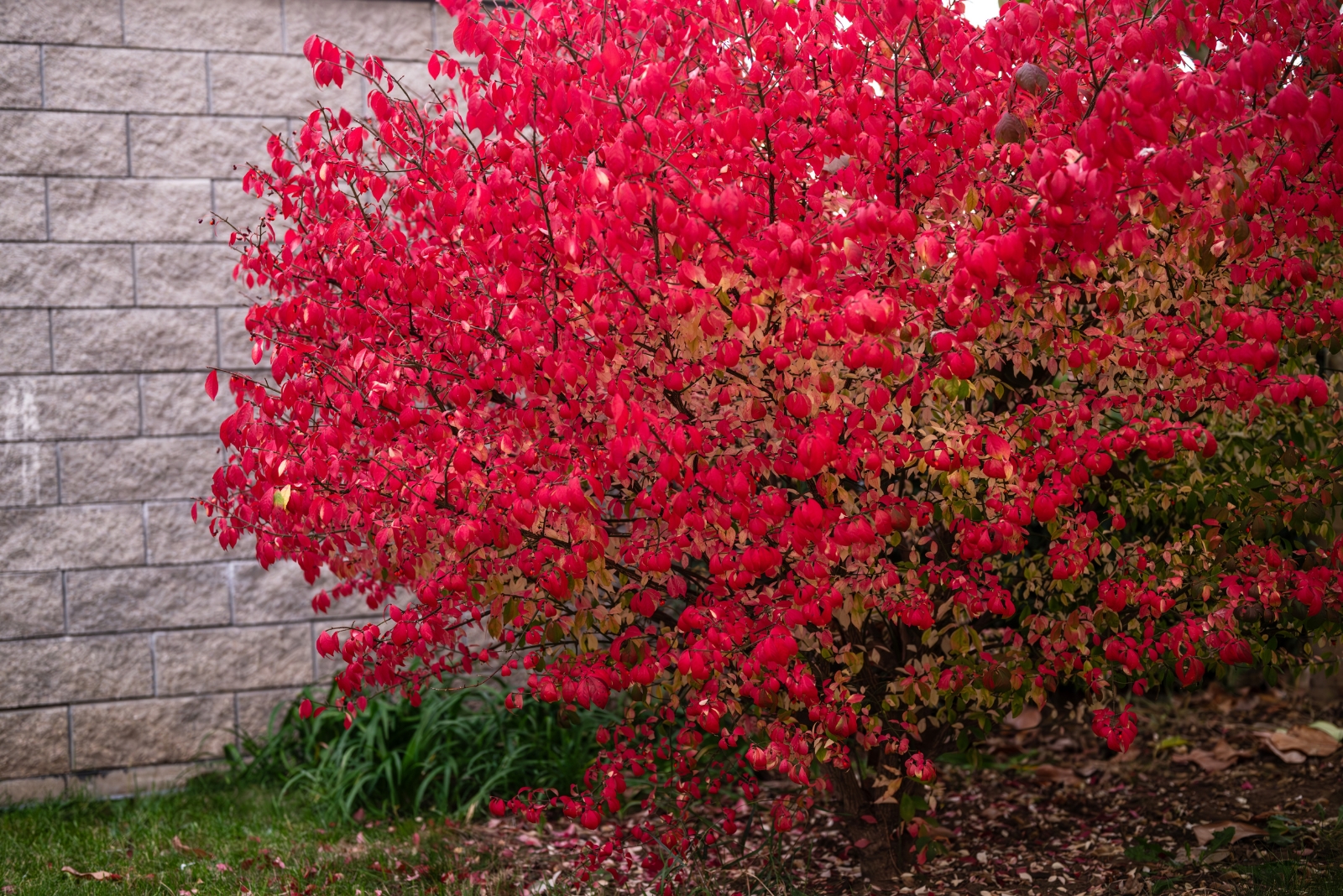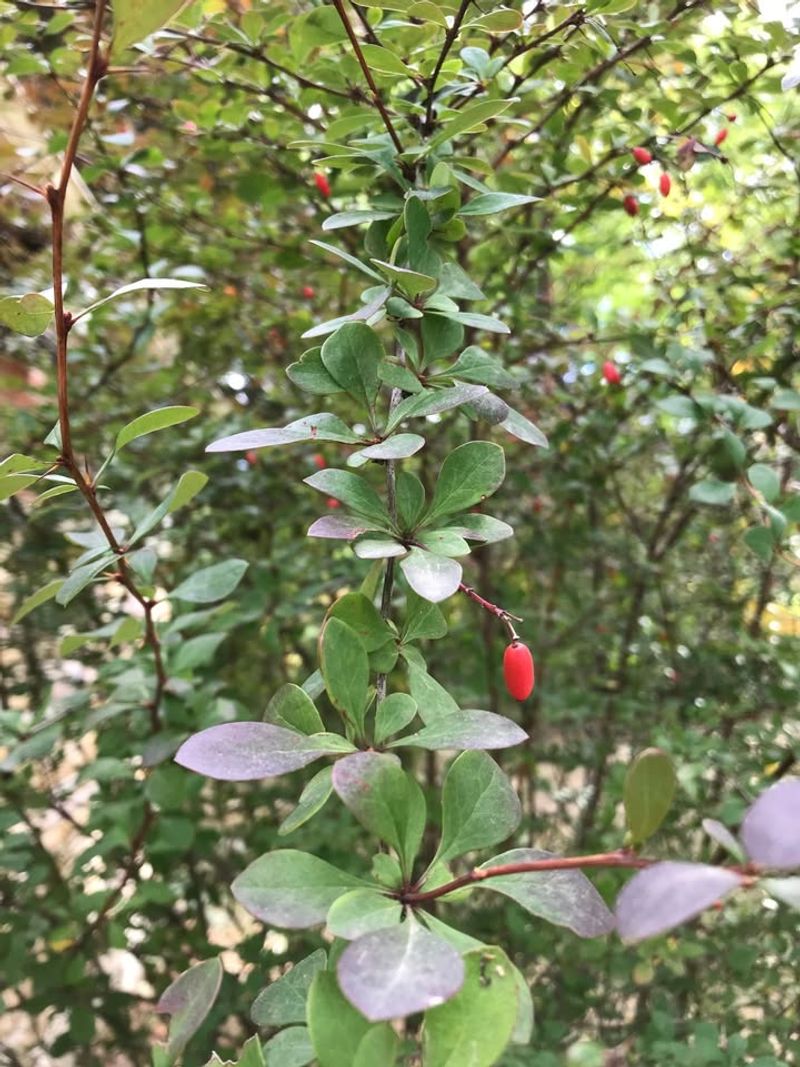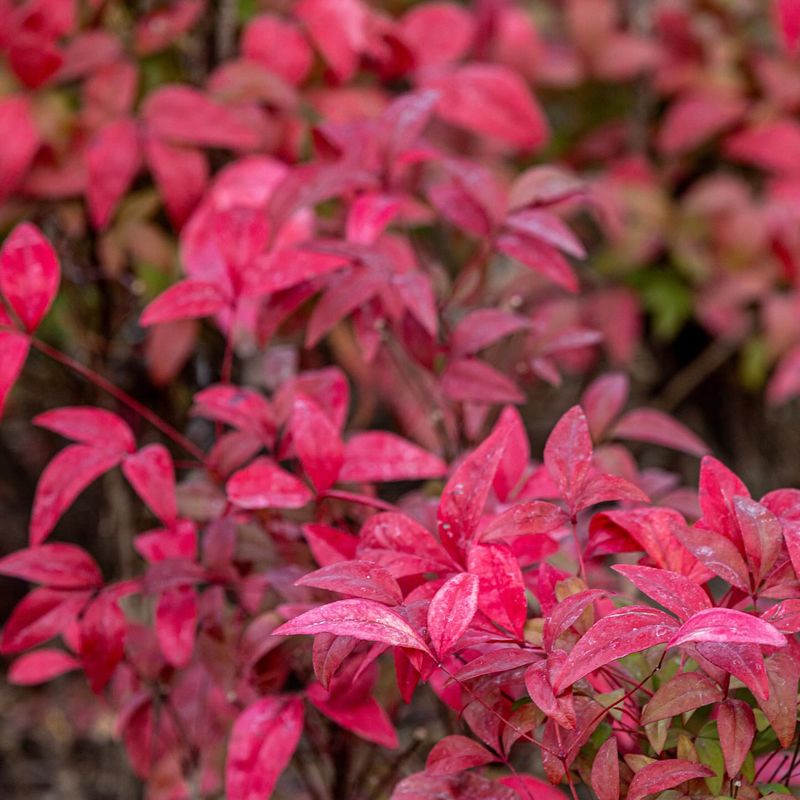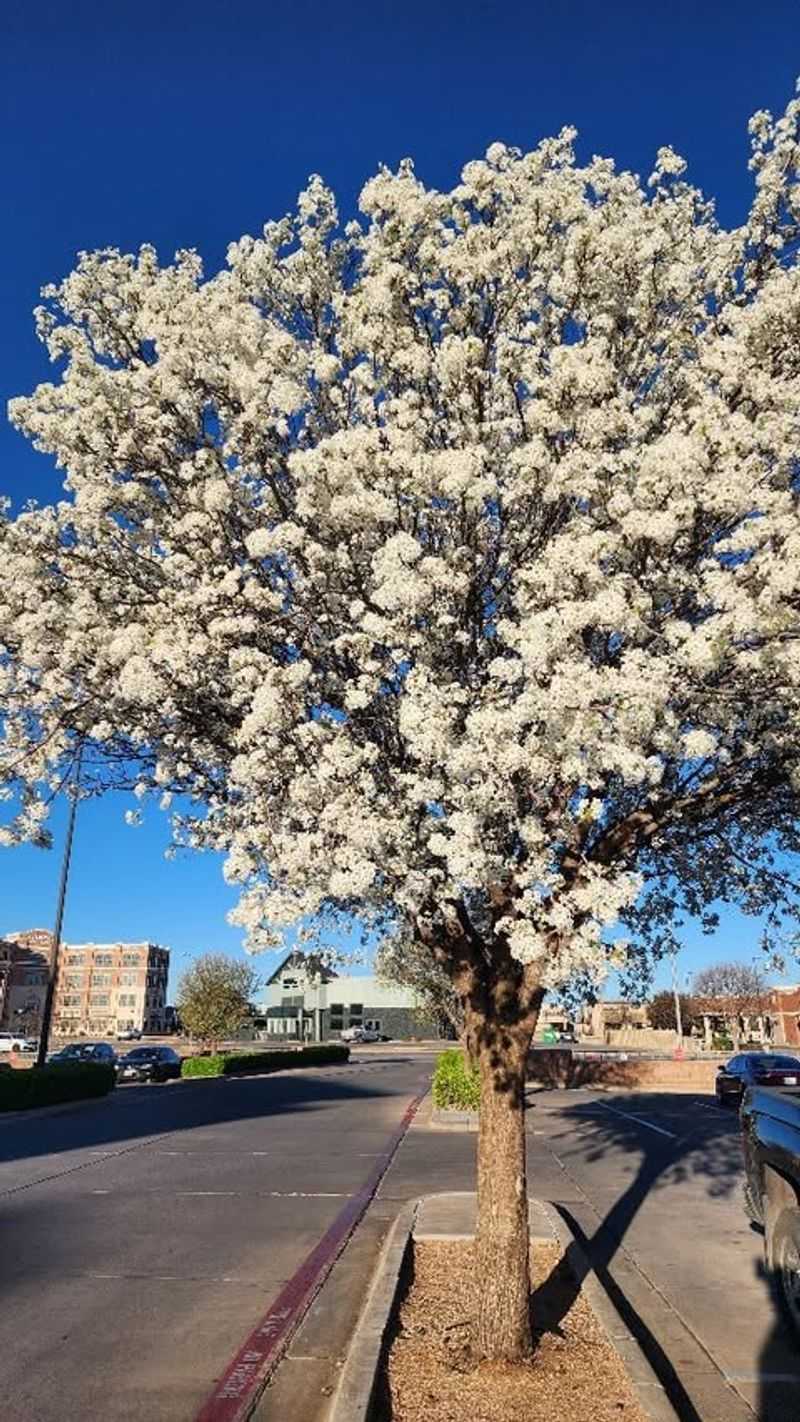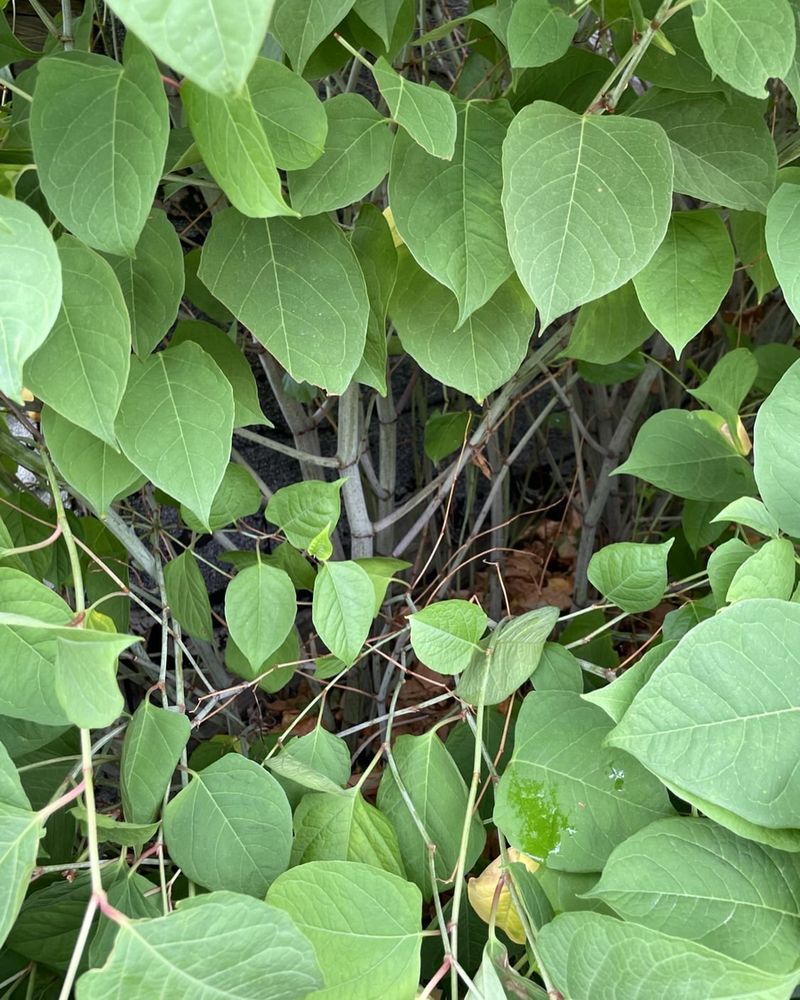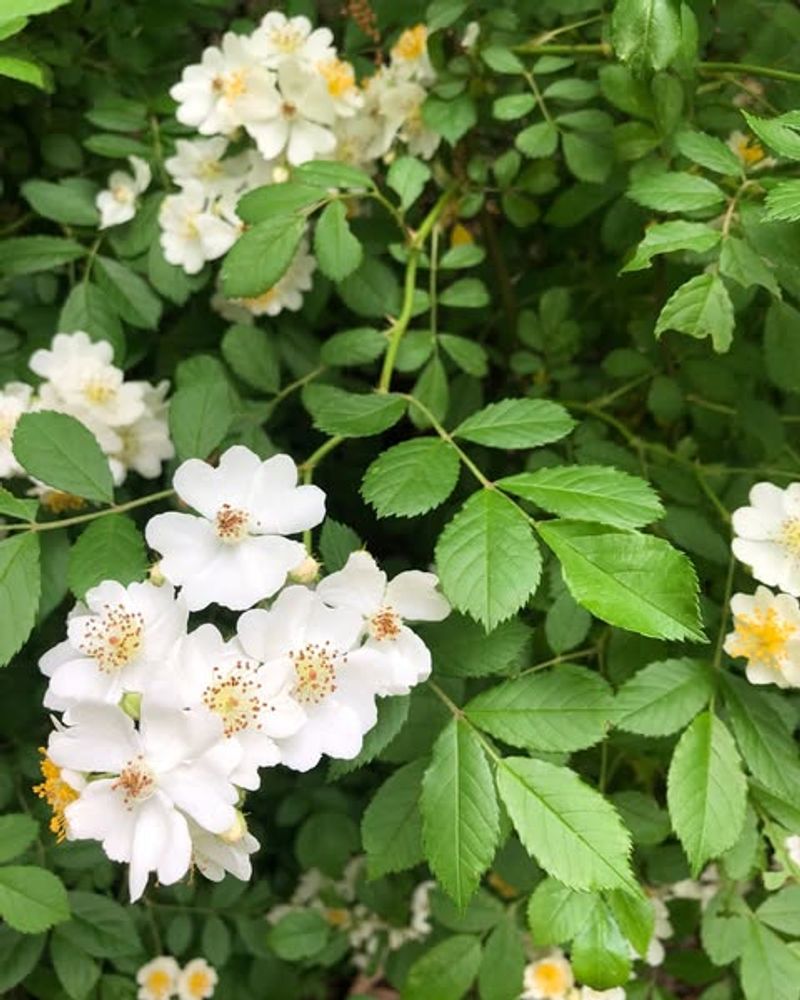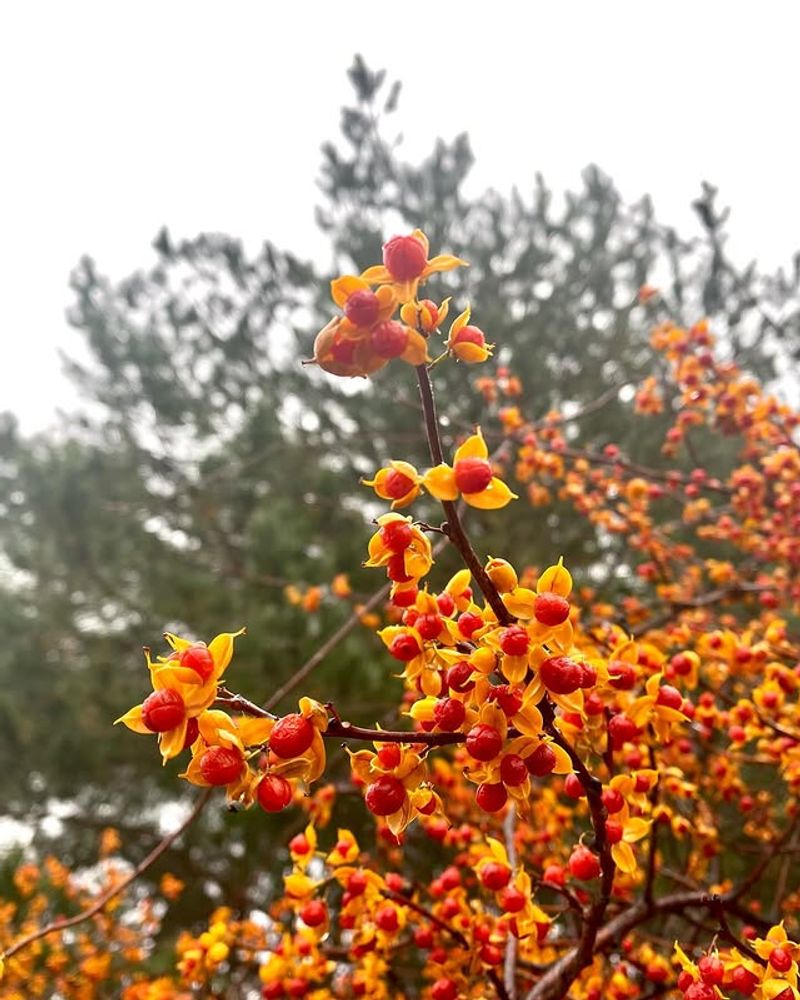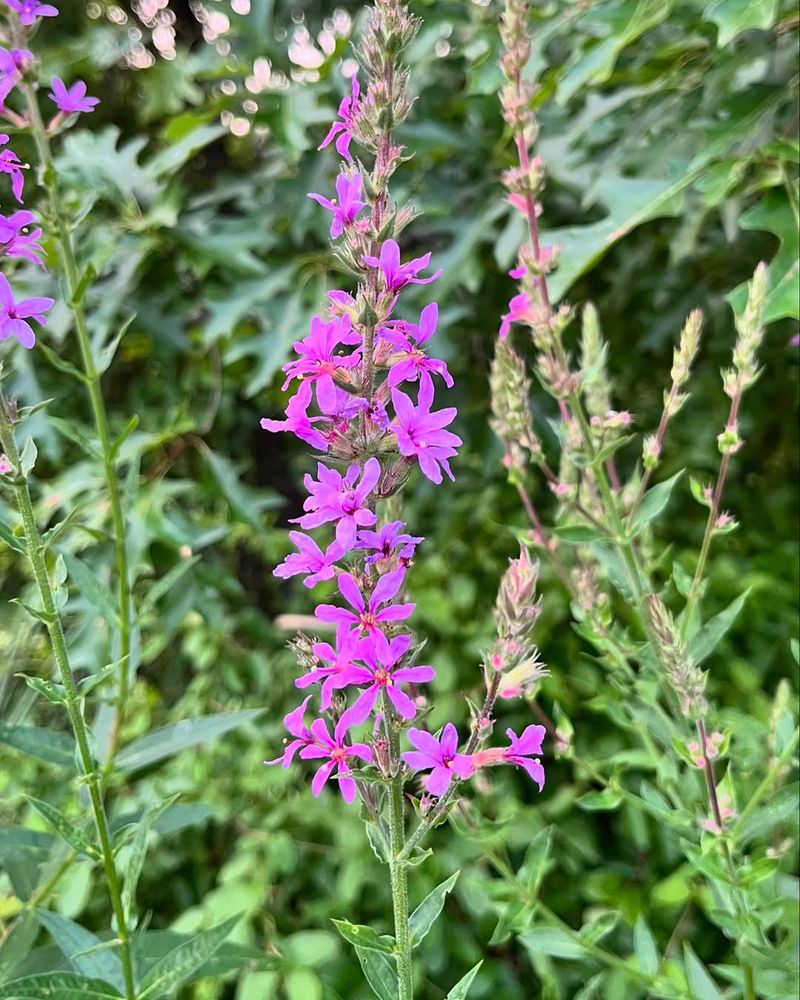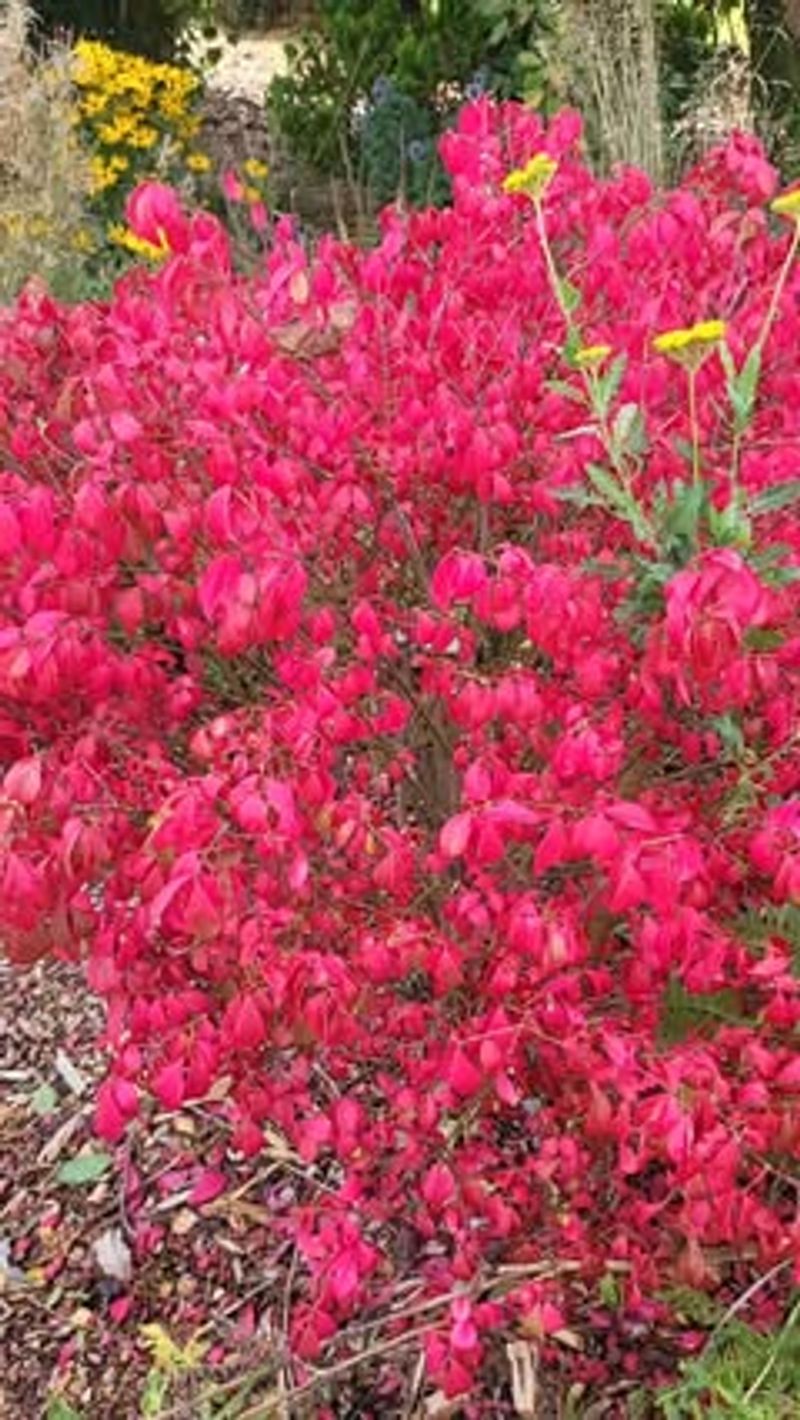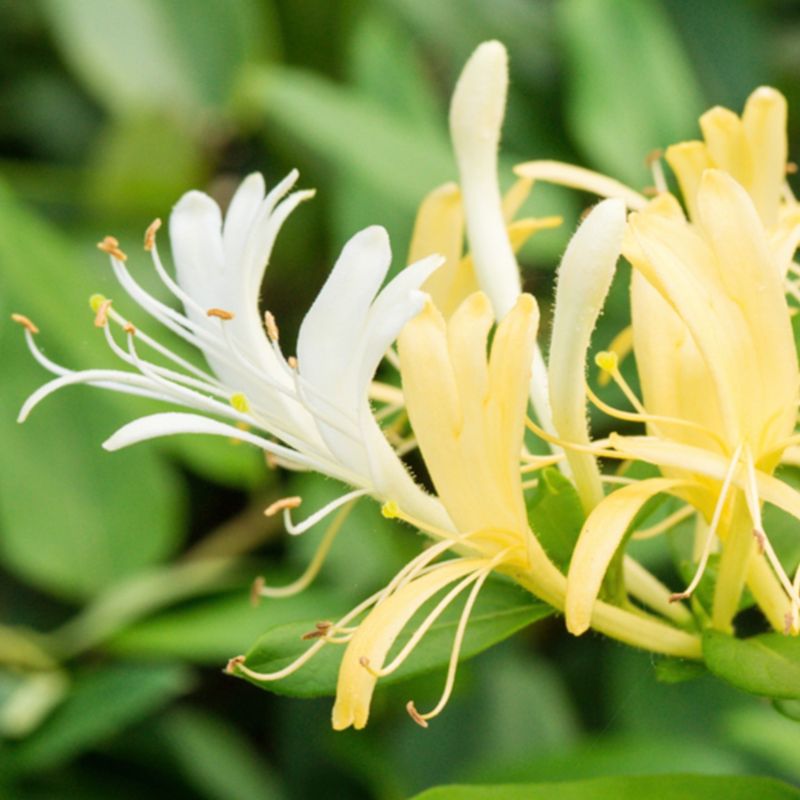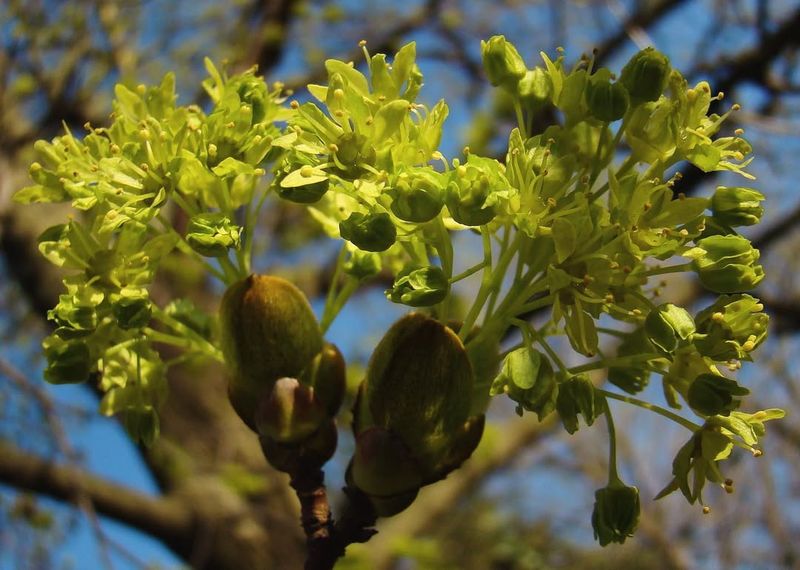Some of Connecticut’s favorite garden plants might not be sticking around much longer, and that’s caught the attention of many local gardeners. I was surprised to see a few on the potential restriction list that I’ve grown myself.
Rules are changing fast, and it’s worth knowing what could be affected. Staying one step ahead will keep your garden both beautiful and compliant.
1. Japanese Barberry
Bright red berries might look cheerful in fall, but Japanese barberry creates serious problems for Connecticut forests. Deer avoid eating it, which allows the plant to spread rapidly while native species get munched away.
Research shows that areas with barberry have more ticks carrying Lyme disease. The dense thickets provide perfect hiding spots for these pests, putting families and pets at risk during outdoor activities around the state.
2. Burning Bush
That spectacular crimson color in autumn comes at a steep environmental cost. Burning bush escapes from Connecticut yards into wild spaces, where it crowds out plants that local birds and insects actually need for survival.
Native alternatives like chokeberry or sumac offer equally stunning fall displays without the invasive behavior. Many garden centers across Connecticut now voluntarily refuse to stock this once-popular landscaping choice for good reason.
3. Bradford Pear
Developers loved planting these fast-growing trees along Connecticut streets for decades. Unfortunately, Bradford pears have weak branches that snap during storms, creating safety hazards and expensive cleanup bills for homeowners.
Beyond structural problems, the trees spread aggressively into natural areas throughout the state. Their thorny offspring form impenetrable thickets that wildlife cannot use, essentially creating dead zones where diverse ecosystems once thrived beautifully.
4. Japanese Knotweed
Bamboo-like stems shoot up incredibly fast, sometimes growing a foot per week during Connecticut summers. Japanese knotweed roots can crack foundations, damage driveways, and push through asphalt with alarming strength.
Once established, this plant becomes nearly impossible to remove without professional help and years of effort. Connecticut waterways suffer particularly because knotweed crowds riverbanks, increasing erosion and destroying habitat for fish and other aquatic creatures that depend on native vegetation.
5. Multiflora Rose
Farmers once planted this rose along Connecticut property lines as living fences for livestock. Those good intentions backfired spectacularly as the plant escaped cultivation and spread across thousands of acres.
Sharp, curved thorns make removal painful and difficult for landowners trying to reclaim fields and forests. Birds eat the small rose hips and spread seeds everywhere, creating new patches that quickly grow into impenetrable tangles blocking trails and choking young trees.
6. Oriental Bittersweet
Gorgeous autumn wreaths featuring orange berries have made this vine popular for decades. Behind that beauty lies a plant that literally strangles Connecticut trees to death by wrapping tightly around trunks and blocking sunlight.
American bittersweet, a native cousin, gets confused with this invasive species but behaves much better in gardens. Homeowners should learn to identify the difference because oriental bittersweet can topple mature trees, creating dangerous situations during windstorms across the state.
7. Purple Loosestrife
Stunning magenta spires attract attention along Connecticut roadsides and wetland edges each summer. Each plant produces millions of seeds that spread through water and mud, allowing purple loosestrife to dominate entire marshes.
Waterfowl and other wetland creatures lose critical food sources when this invader takes over. Native plants that provide nutritious seeds and shelter simply cannot compete with the aggressive growth patterns displayed by loosestrife throughout Connecticut’s precious wetland ecosystems.
8. Winged Euonymus
Corky ridges running along the stems give this shrub an interesting texture that landscape designers appreciated. Connecticut gardeners know this plant better as burning bush, though technically winged euonymus is the proper scientific identification.
Birds feast on the berries and deposit seeds far from yards into wild spaces across the state. Forest understories become dominated by this shrub, creating monocultures where diverse native plant communities once supported hundreds of insect and animal species throughout Connecticut.
9. Japanese Honeysuckle
Sweet fragrance on summer evenings makes Japanese honeysuckle seem like a dream plant. Connecticut forests tell a different story as this aggressive vine smothers everything in its path, including valuable native shrubs and young trees.
The vine grows so densely that it blocks sunlight from reaching the forest floor, preventing new seedlings from growing. Wildlife suffers because the plants that get shaded out provide better nutrition and habitat than honeysuckle ever could for Connecticut’s ecosystem.
10. Norway Maple
Massive shade and tolerance for urban conditions made Norway maple a municipal favorite throughout Connecticut. Underneath these trees, almost nothing else grows because the dense canopy and shallow roots create impossible conditions for other plants.
Seedlings pop up everywhere, gradually replacing native sugar maples and oaks in forests across the state. Connecticut’s fall foliage reputation depends on native trees, making the spread of Norway maple a threat to both ecology and tourism economy in the region.

